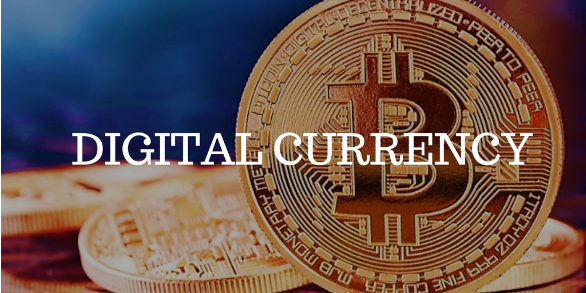This article will endeavour to elucidate what a digital currency is; its uses; whether it fits into the current policy trajectory; and, lastly, its implementation challenges, given the current state of the technology.
The Reserve Bank of India (RBI), like many of its global peers, has decided to look into the possibility of issuing a central bank digital currency (CBDC). Such initiatives are in response to the recent popularity of cryptocurrencies and the mind space this phenomenon has acquired. Given the disruptive potential of the concept and its enabling technology, that is, distributed ledger technology (DLT), much broader public debate is required. However, the emergence of a lot of terminology and its varied understanding limits the context, and, sometimes, the fruitfulness of such debates.
What is a digital currency?
- Currency is a subset of a broader economic concept of money. Currency is the “token” which facilitates movement of money, shifting its purchasing power from the current holder to its future holder. Currency facilitates the exchange feature of money, that is, payment.
- Currency, driven by technology, has evolved into several forms; from good old cash/coins, to electronic money and, more recently, cryptocurrency. Currencies are typified by key features, namely physical existence, issuer, ultimate liability, universal accessibility and peer-to-peer exchangeability. Cash ticks most boxes—it exists physically, is issued by central banks, with the ultimate liability being that of the government, it’s universally accessible within the jurisdiction, can be used anonymously at zero cost, and can be used in peer-to-peer exchange.
- Electronic money represents electronic payments facilitated by banks and payment networks differ from cash in lacking physical existence and peer-to-peer exchange being trackable by authorities, thus not being anonymous.
- Cryptocurrency addresses the need to enable peer-to-peer anonymous transactions on the lines of cash. However, cryptocurrency provides this anonymity in online/electronic transactions which credit card/debit card/internet banking-based payments cannot. This explains the “crypto” aspect of the cryptocurrency. However, cryptocurrencies have limited social acceptance since they are neither issued by central banks nor are they a liability for anyone—even private entities, forget governments. Thus comes the demand for digital currency which is expected to have the anonymity feature of cash but can be used in electronic transactions, while being backed by government.
- As such, globally, governments are striving to make monetary transactions trackable to prevent illicit activities. It is not obvious yet why the government would launch digital currencies that would make online transactions untrackable.
What societal need will digital currency solve?
- Modern fiat money, and by extension currency, is a social contract as much as a legal contract. The success of any mode of payment, or a new currency, depends on wider acceptance by citizens and governments. If society is comfortable with the idea that all electronic payments are trackable by authorities, prima facie, there will be limited demand for cryptocurrencies (this is different from the demand for “investment” purposes). The limited anonymous peer-to-peer transaction can be done with cash. It is not yet clear how society sees this issue.
How feasible is the idea of a digital currency?
- Let’s take a peek into DLT, a specific version of which is blockchain. Blockchain’s most popular, though not the only, usage is in cryptocurrency such as bitcoin.
- Focusing on simplicity at the cost of technical accuracy, let’s see how DLT is critical for cryptocurrency or digital currency. In a conventional payment system, there is a centralized computation-cum-storage facility, where one’s bank/currency account details are maintained. This facility may be called a “trusted authority”. When a payment is made, the payer’s account is debited, the payee’s is credited, and the system is updated to reflect the updated account status. The trusted authority is responsible for ensuring that the system correctly and promptly captures the transactions and reflects the latest account position. Other authorized systems can access the central database to find the state of the payer and the payee.
- The “problem”, of course, is that the trusted authority has tracked the transaction, i.e. the transaction is not anonymous. In comes DLT. In DLT, there is no trusted authority, that is, no centralized facility to ensure data integrity. In DLT, the users (nodes) of the distributed system each have a copy (instance) of the entire database. Once a new transaction event occurs, it has to be updated at each of the nodes. A transaction is successfully “updated” when each of the nodes has given their consent to the transaction. Needless to say, this process takes a lot of time and computation power. From a user perspective, when bank money is transferred, it takes seconds or a few minutes to confirm the transaction to the parties. In DLT, the transaction confirmation sometimes takes hours. Financial services process upwards of 25,000 transactions per second. A large blockchain network processes a mere fraction of this.
Conclusion
- It is reasonable to expect that the technology will evolve to address the operational inefficiencies in the long term. Societies and governments must decide if they should be adopting digital currency or central bank cryptocurrency just because technology can enable it.

